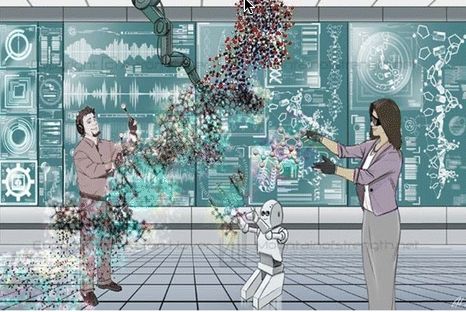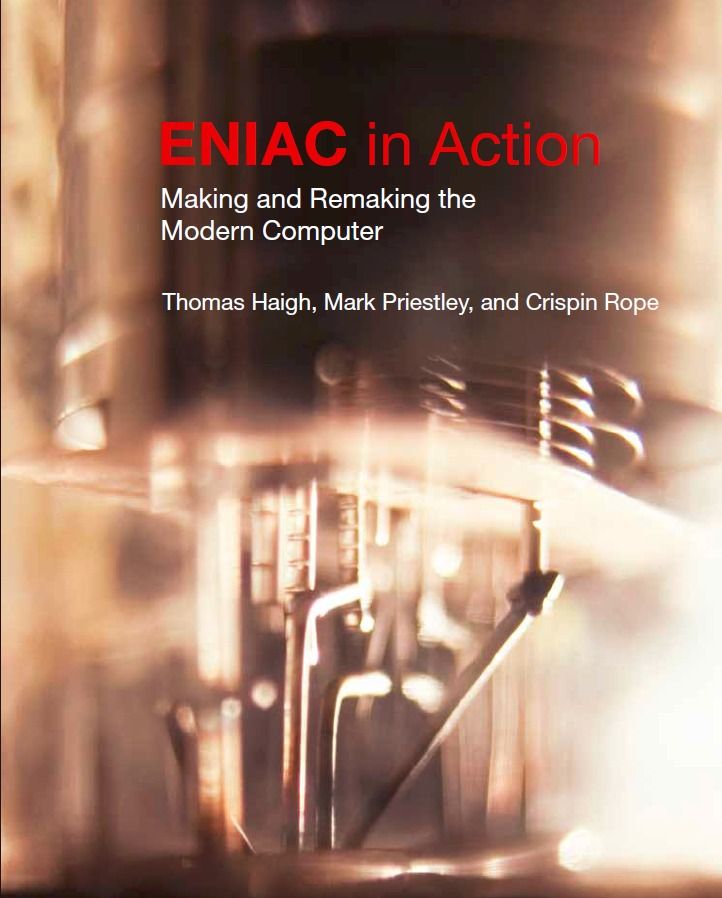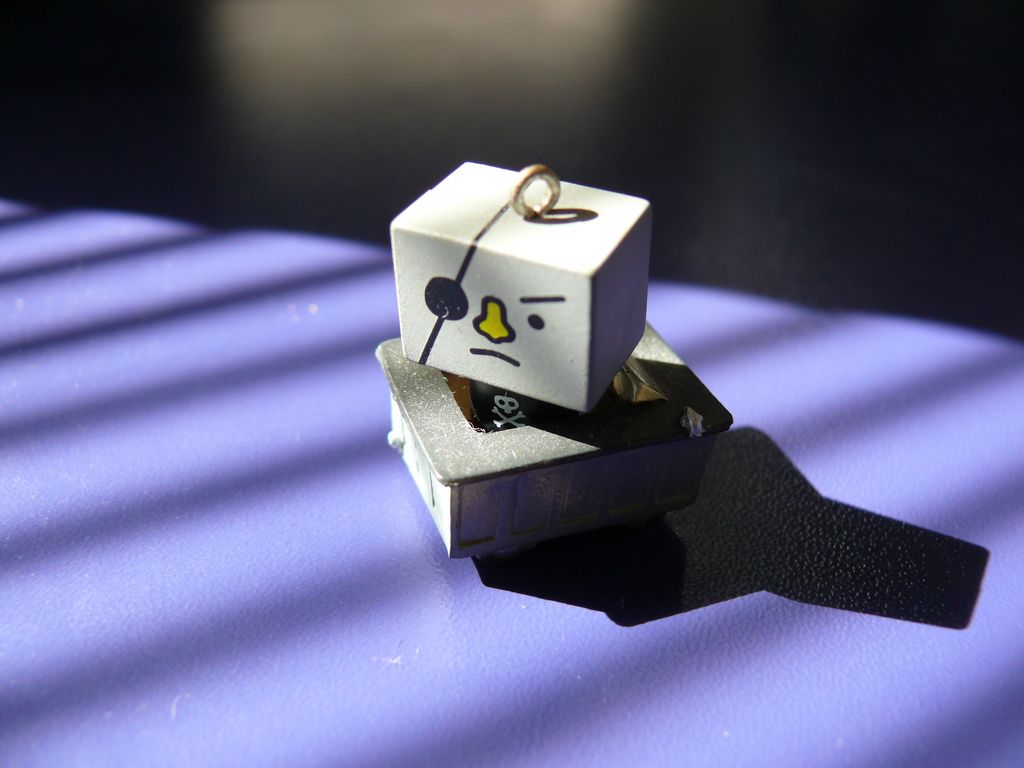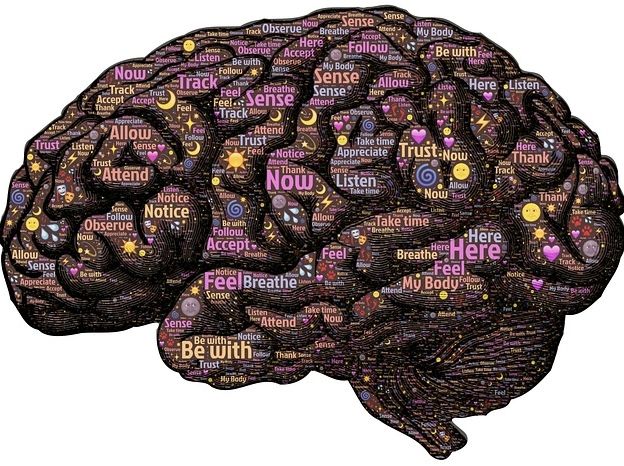DJI unveils its new Matrice 600 drone, capable of handling the insane Red Epic camera in the air.
By: Anthony Garreffa | Science, Space & Robotics News | Posted: 1 hour, 19 mins ago.
DJI unveils its new Matrice 600 drone, capable of handling the insane Red Epic camera in the air.
By: Anthony Garreffa | Science, Space & Robotics News | Posted: 1 hour, 19 mins ago.
Knowing a cyberattack’s going to occur before it actually happens is very useful—but it’s tricky to achieve in practice. Now MIT’s built an artificial intelligence system that can predict attacks 85 percent of the time.
Cyberattack spotters work in two main ways. Some are AI that simply looks out for anomalies in internet traffic. They work, but often throw up false positives—warnings about a threat when actually nothing’s wrong. Other software systems are built on rules developed by humans, but it’s hard to create systems like that which catches every attack.
Instead, researchers from MIT’s Computer Science and Artificial Intelligence Lab built a new AI—creatively named AI2—that combines the two approaches.

In an open-access paper in the Journal of Artificial Intelligence Education, Winslow Burleson, PhD, MSE, associate professor, New York University Rory Meyers College of Nursing, suggests that “advanced cyberlearning environments that involve VR and AI innovations are needed to solve society’s “wicked challenges*” — entrenched and seemingly intractable societal problems.
Burleson and and co-author Armanda Lewis imagine such technology in a year 2041 Holodeck, which Burleson’s NYU-X Lab is currently developing in prototype form, in collaboration with colleagues at NYU Courant, Tandon, Steinhardt, and Tisch.
“The “Holodeck” will support a broad range of transdisciplinary collaborations, integrated education, research, and innovation by providing a networked software/hardware infrastructure that can synthesize visual, audio, physical, social, and societal components,” said Burleson.

AI is hackable as long as it’s underpinning technology is still supported on legacy platform technology and connected to a legacy infrastructure. Only when the underpinning technology & net infrastructure is updated to Quantum will we see a secured AI environment.
At MIT, machine learning specialists are training deep learning algorithms to spot cyber attacks. It may be AI’s ultimate test.

AI has been around for over 50 years. So, no it is not new technology. However, what is new is the various breeds of AI. Online bot technology is where folks can expect a larger immediate return. physical Robotics is still not going to deliver at the level that the consumers and various businesses require for adoption on a massive scale. Again, quantum and bio-computing will improve robotics as well as other areas of AI.
The history of technology, whether of the last five or five hundred years, is often told as a series of pivotal events or the actions of larger-than-life individuals, of endless “revolutions” and “disruptive” innovations that “change everything.” It is history as hype, offering a distorted view of the past, sometimes through the tinted lenses of contemporary fads and preoccupations.
In contrast, ENIAC in Action: Making and Remaking the Modern Computer, is a nuanced, engaging and thoroughly researched account of the early days of computers, the people who built and operated them, and their old and new applications. Say the authors, Thomas Haigh, Mark Priestley and Crispin Rope:
The titles of dozens of books have tried to lure a broad audience to an obscure topic by touting an idea, a fish, a dog, a map, a condiment, or a machine as having “changed the world”… One of the luxuries of writing an obscure academic book is that one is not required to embrace such simplistic conceptions of history.
This man is leading the future of farming.

I am still not convinced that everyone fully understands how bot technology is about to change IoT and its impact to online business industry. Let me share a few ideas: Financial Auditing and accounting. Bots will be able to do a more thorough job in managing, tracking, reporting financials that many finance back office controls can be performed by bots and requiring a sign off by CFO/ Lead Controller. And, Accounting & Audit firms can easily leverage the technology to perform audits on companies remotely without having to send teams of auditors to a client’s site.
Here’s another one; I decide to set up a few 3D printers to make some unique seals for aircraft manufactures for their jets/ planes; and I need a call center plus online sales teams taking and processing orders. With bot technology my whole operation is automated and no need for sales people, call center folks, or operators. All I need is myself and couple of techies to manage the bot operations; and more profit for me and my team.
However, we still have to keep a tight oversight on hacking which is still a risk; however, we should see more micro-size companies spin up as a result of online bots and 3D printers in our immediate future.
Don’t even TRY to get Intersect Bot to talk about Trump or the Holocaust.

Microscopic spaceships powered by Earth-based lasers are being developed to hunt for extra-terrestrial life in Alpha Centauri, the closest star system to ours.
The £70m Breakthrough Starshot concept involves creating a tiny robotic spacecraft, no larger than a mobile phone chip, which would carry cameras, thrusters, a power supply and navigation and communication equipment.
Physicist Stephen Hawking, Facebook founder Mark Zuckerberg and Russian internet billionaire Yuri Milner have all joined the project’s board giving it major backing.

Hmmm; I want to see a real humanoid truly interact and move seamlessly like folks rushing to catch the tram, or BART/ Marta and hustle in rushing to meetings and multi-tasking in a high pressure office or trading floor. Until we see this level of fluid responsiveness; humanoid is only a pale imitation at best.
You might to do a double take when you see this new interactive robot, as it ‘looks very much like a real woman’.
Dubbed ‘robot goddess’, Jia Jia has the long flowing locks and rosy red cheeks as a human, but is being taught deep learning abilities.
This humanoid is designed with natural eye movement, speech that is syncs with its lip movements and refers to its male creators as ‘lords’.
